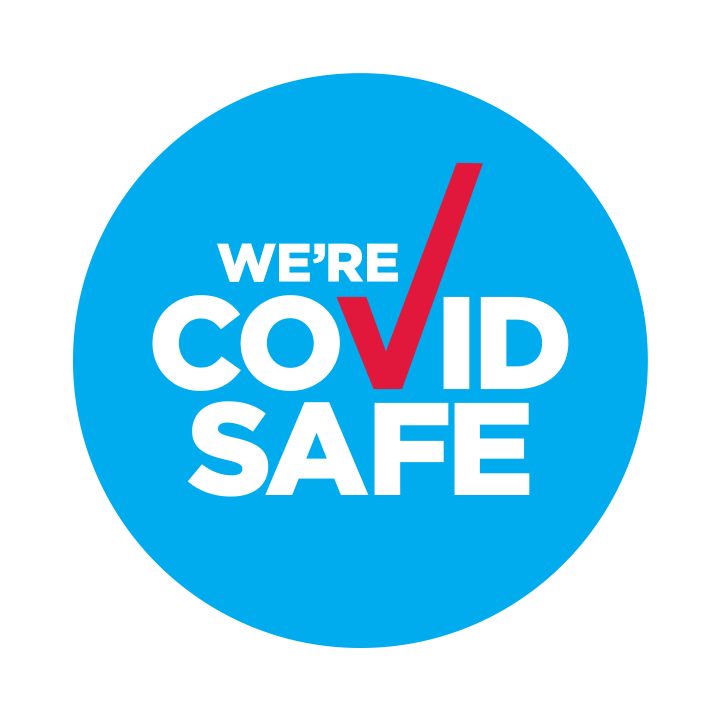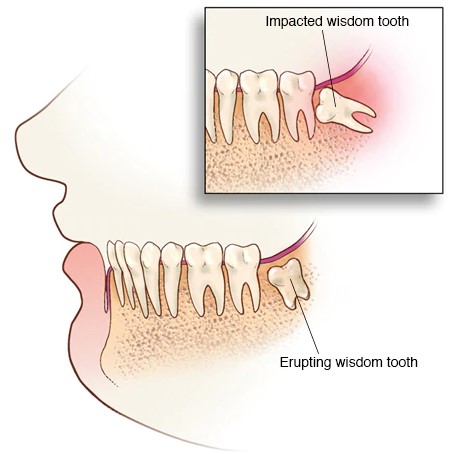Teeth Whitening
Philips Zoom and take-home Kits
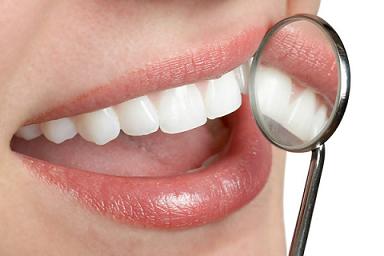
Fast results and cost-effective. Its time to brighten your smile. Freshen up with our half price in-chair now! $650 Only.
Visit The Zoom Whitening Page For More InfoGeneral Dentistry
Adults, Children and Seniors

Dental Check-ups and Clean with fluoride, X-rays Panoramic and Bitwings. We can help you keep your natural teeth for as long as possible.
Visit General Dentistry Page For More InfoSedation Dentistry
Sleep Dentistry
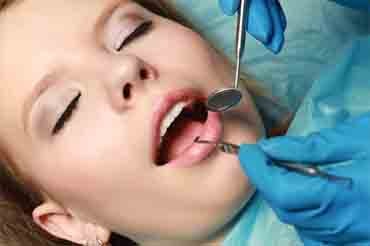
Pain-free dentisty is indicated for anyone who wants to be at ease and relaxed during any dental treatment.
Visit Sedation Dentistry Page For More InfoCosmetic Dentistry
Smile makeovers and Orthodontics

Have the smile of your dreams and improve confidence, self-esteem & social success.
Visit Cosmetic Dentistry Page For More InfoDental Implants
Single, full and All-ON-4 Implants
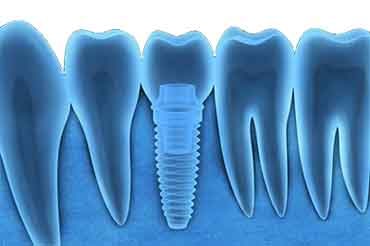
Recommended to missing teeth or dentures. Single, multiple or all. You can eat and drink that it feels like your natural teeth.
Visit The Dental Implants Page For More InfoLaser Dentistry
SIROLASE
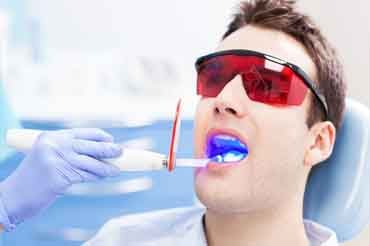
We use light instead of drills to treat several dental conditions. Effective to correct "gummy" smiles and periodontal diseases speeding up healing with reduced trauma.
Visit The Laser Dentistry Page For More InfoRestorations
fillings and same-day crowns
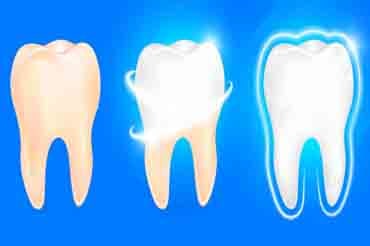
Fix chipped or knocked out tooth, improper bite correction and replace tooth decay metal fillings with resin or porcelain.
Visit The Restorations Page For More InfoWisdom Teeth Removal | Near Me Dentist
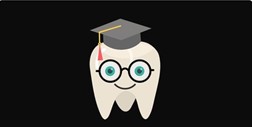 Wisdom teeth are the third and final set of molars that most people get in their late teens or early twenties. Some people have wisdom teeth that emerge without any problems and line up with the other teeth behind the second molars. In many cases, however, the mouth is too crowded for third molars to develop normally. These crowded third molars become trapped (impacted).
Wisdom teeth are the third and final set of molars that most people get in their late teens or early twenties. Some people have wisdom teeth that emerge without any problems and line up with the other teeth behind the second molars. In many cases, however, the mouth is too crowded for third molars to develop normally. These crowded third molars become trapped (impacted).
When a wisdom tooth is misaligned, they may position themselves horizontally, be angled toward or away from the second molars, or be angled inward or outward. Poor alignment of wisdom teeth can crowd or damage adjacent teeth, the jawbone, or nerves.
Wisdom teeth also can be impacted -- they are enclosed within the soft tissue and/or the jawbone or only partially break through or erupt through the gum.
The partial eruption of the wisdom teeth allows an opening for bacteria to enter around the tooth and cause an infection, which results in pain, swelling, jaw stiffness, and general illness.
Partially erupted teeth are also more prone to tooth decay and gum disease because their hard-to-reach location and awkward positioning makes brushing and flossing difficult.
Possible Complications
Impacted wisdom teeth can cause several problems in the mouth:
Damage to other teeth.
If the wisdom tooth pushes against the second molar, it may damage the second molar or increase the risk of infection in that area. This pressure can also cause problems with crowding of the other teeth or require orthodontic treatment to straighten other teeth.Cysts.
The wisdom tooth develops in a sac within the jawbone. The sac can fill with fluid, forming a cyst that can damage the jawbone, teeth and nerves. Rarely, a tumour — usually noncancerous (benign) — develops. This complication may require removal of tissue and bone.Decay.
Partially impacted wisdom teeth appear to be at higher risk of tooth decay (caries) than other teeth. This probably occurs because wisdom teeth are harder to clean and because food and bacteria get easily trapped between the gum and a partially erupted tooth.Gum disease.
The difficulty cleaning impacted, partially erupted wisdom teeth increases the risk of developing a painful, inflammatory gum condition called pericoronitis (per-ih-kor-o-NI-tis) in that area.
Impacted wisdom teeth don't always cause symptoms. However, when an impacted wisdom tooth becomes infected, damages other teeth or causes other dental problems, you may experience some of these signs or symptoms:
- Red or swollen gums
- Tender or bleeding gums
- Jaw pain
- Swelling around the jaw
- Bad breath
- An unpleasant taste in your mouth
- Difficulty opening your mouth
How Do I Know if I Have Wisdom Teeth?
Your wisdom teeth will be monitored by your dentist who may take an X-ray periodically to evaluate for the presence and alignment of your wisdom teeth.
Your dentist may recommend that your wisdom teeth be extracted even before symptoms develop if there are clinical signs of problems. This is done to avoid a more painful or more complicated extraction that might have to be done a few years later.
Removal is easier in young people when the wisdom teeth roots are not yet fully developed and the bone is less dense. In older people, recovery and healing time tend to be longer.
How Are Wisdom Teeth Removed?
A wisdom tooth that is fully erupted through the gum can be extracted as easily as any other tooth. However, a wisdom tooth that is underneath the gums and embedded in the jawbone will require an incision into the gums and then removal of the portion of bone that lies over the tooth.
Often, for a tooth in this situation, the tooth will be extracted in small sections rather than removed in one piece to minimize the amount of bone that needs to be removed to get the tooth out. Before your wisdom teeth are pulled, the teeth and the surrounding tissue will be numbed with a local anaesthetic -- the same type used to numb a tooth prior to having a cavity filled.
In addition to the local anaesthetic to numb the pain, your dentist may decide that a sedative is desired to control any anxiety. Sedating medications that could be selected include: nitrous oxide (otherwise known as "laughing gas"), an oral sedative (for example, Valium), or an intravenous sedative (administered via an injection into your veins).
If nitrous oxide is given, you will be able to drive yourself home. If any of the other medications is selected, you will need someone to drive you both to and from the appointment.
What Does Recovery Involve After Wisdom Tooth Removal?
After having your wisdom teeth removed, the speed of your recovery depends on the degree of difficulty of the extraction (a simple extraction of a fully erupted tooth versus a tooth impacted into the jawbone).
During the first 24 hours
- Bleeding may occur for several hours after tooth extraction. To control it, position a piece of clean moist gauze over the empty tooth socket and bite down firmly. Apply constant pressure for about 45 minutes. A moistened tea bag is an effective alternative. The tannic acid in tea helps to heal blood clots to form (blood clots function similarly to scab over an open wound).
- Repeat this process if a small degree of bleeding continues; if heavy bleeding continues to occur, contact your dentist. Avoid rinsing or spitting for 24 hours after tooth extraction, avoid "sucking" actions (for example, don't drink beverages through straws or smoke) and avoid hot liquids (such as coffee or soup). These activities can dislodge the clot, causing a dry socket (see below) to develop.
- Facial swelling in the area where the tooth was extracted typically occurs. To minimize swelling, place a piece of ice, wrapped in a cloth, on that area of your face on a schedule of 10 minutes on, followed by 20 minutes off. Repeat as necessary during this first 24-hour period.
- Pain medications, such as acetaminophen (Panadol) or ibuprofen (Advil), can be taken for minor pain. Your dentist may prescribe more potent pain relievers, if necessary.
- Antibiotics that may have been prescribed prior to tooth extraction (to treat any active infection around the wisdom tooth to be extracted) should continue to be taken until the full prescription is gone.
- Foods should be restricted to a liquid diet until all the numbness from anaesthesia has worn off. Eat soft foods for a few days. Also, avoid alcohol if you're also taking narcotic pain medication.
- Continue to brush your teeth, but avoid the teeth directly neighbouring the extracted tooth during the first 24 hours. On day two, resume the gentle brushing of your teeth.
After 24 hours care
- Rinse your mouth with warm salt water (1/2 teaspoon of salt in a cup of warm water) after meals and before bed.
- Stitches, if used and if not of the self-dissolving type, need to be removed by your oral health care provider in about 1 week.
- Complete healing doesn't occur for a few weeks to a few months following the extraction. However, usually within the first week or two, enough healing has taken place for use of your mouth to be reasonably comfortable in the area of the extraction. Your dentist will explain what to expect in your specific case.
What Are Potential Complications of Wisdom Tooth Removal?
Two of the more important complications after having your wisdom teeth removed include:
- Dry socket. Dry socket is a common complication that occurs when either a blood clot has failed to form in the extracted tooth socket or else the blood clot that did form has been dislodged. Without clot formation, healing will be delayed. When it happens, dry socket typically occurs 3 or 4 days following the extraction and is accompanied by pain (ranging from "dull" to moderate to severe) and a foul mouth odour.
Your dentist or oral surgeon will treat the dry socket by placing medication in the socket.
- Paraesthesia. Paraesthesia is a rarer complication of wisdom teeth extraction. Wisdom teeth entrapped in the jawbone are often close to nerves. Sometimes these nerves can be bruised or damaged during the tooth removal process.
The result is a numbness (called a paraesthesia) of the tongue, lip, or chin that can last a few days, weeks, months, or may even be permanent.
Conclusion:
These are the benefits of removing your wisdom teeth:
- It avoids possible damage to neighbours teeth
- It avoids the formation of cists or tumours
- It prevents possible gum disease, tooth decay, and infection
- It may prevent nerve damage, or bite alignment issues
Although wisdom tooth extraction is a routine procedure performed on millions of patients each year, any surgical procedure is associated with risks.
Therefore, check the credentials of the dentist to ensure he or she is specialised on wisdom tooth removal. Nothing replaces a good surgeon dentist, who will thoroughly review these risks with you in advance of your procedure, as well as giving you instructions about how to prepare for the surgery and what steps you can take to avoid risks of complication.
Sydney Dental Care Glebe offers a wide range of cosmetic dentistry and orthodontic services for patients all over Sydney. We have many patients that come from Sydney CBD, Pyrmont, Barangaroo, Inner West, North Sydney and Eastern Suburbs because since 2004, we’ve been giving them an excellent, healthy and beautiful smile.
Reserve your appointment with one of our oral surgeons Dr Maurie Coorey, Callum Titmarsh, Dr David Dong or Dr Nicole Hendricks and feel the difference!

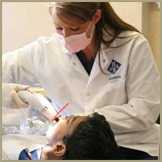
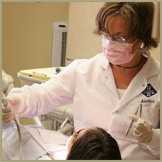
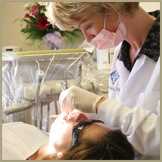
or call us on (02) 9566 2030 to discuss the best pain-free dental therapy for you.
DENTAL CARE GLEBE is conviniently located at 239 GLEBE POINT ROAD, GLEBE nearby Sydney CBD - NSW 2037
5 minutes’ walk from the Broadway shops, easy parking and close to bus and train
HOURS OF OPERATION ARE:
MONDAY to FRIDAY 8:00 AM – 5:00 PM
SATURDAY 8:00 AM – 12:00 PM
TEL: (02) 9566 2030

